EAT Forte S Manual
EAT
Pladespiller
Forte S
| Mærke: | EAT |
| Kategori: | Pladespiller |
| Model: | Forte S |
Har du brug for hjælp?
Hvis du har brug for hjælp til EAT Forte S stil et spørgsmål nedenfor, og andre brugere vil svare dig
Pladespiller EAT Manualer

13 Juni 2024

13 Juni 2024

11 Juni 2024

11 Juni 2024

11 Juni 2024
Pladespiller Manualer
- Linn
- Sumiko
- Citronic
- Bauhn
- Glorious
- Victrola
- Fluance
- Rega
- Mark Levinson
- Thorens
- Roadstar
- GPO
- Mixars
- Krüger&Matz
- Audiophony
Nyeste Pladespiller Manualer
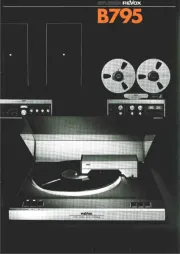
13 Oktober 2025
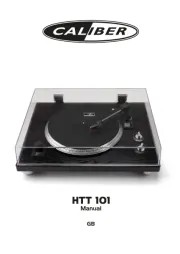
10 Oktober 2025
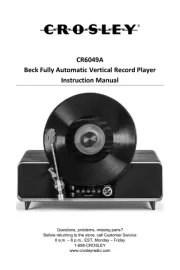
8 Oktober 2025
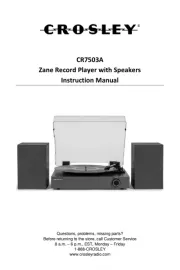
8 Oktober 2025
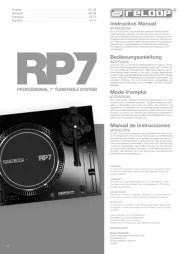
8 Oktober 2025
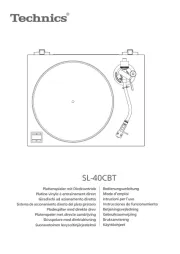
7 Oktober 2025
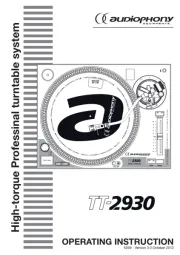
5 Oktober 2025
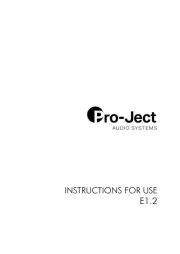
3 Oktober 2025
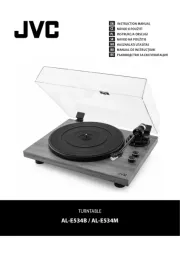
1 Oktober 2025
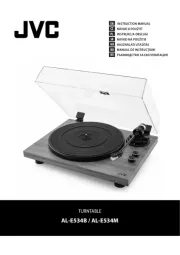
1 Oktober 2025
